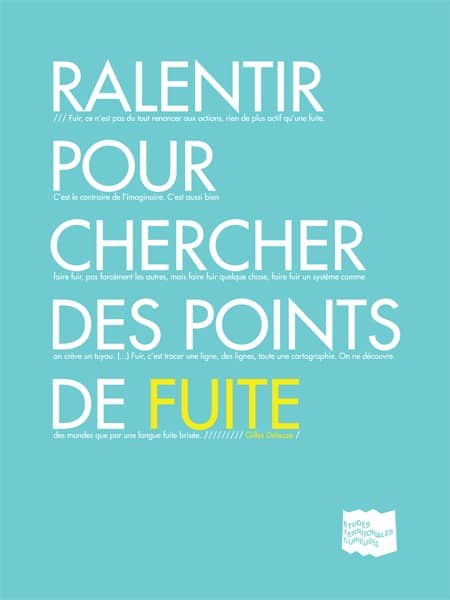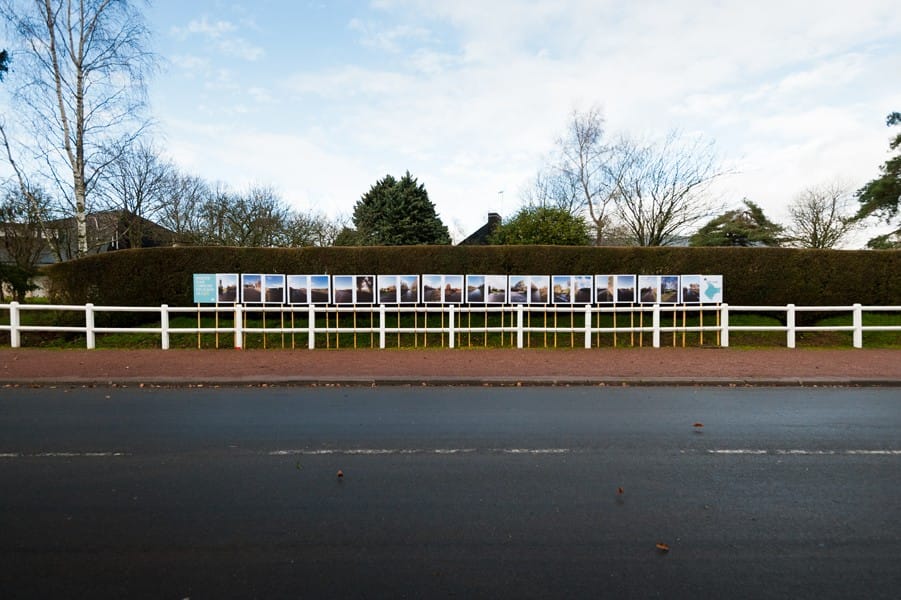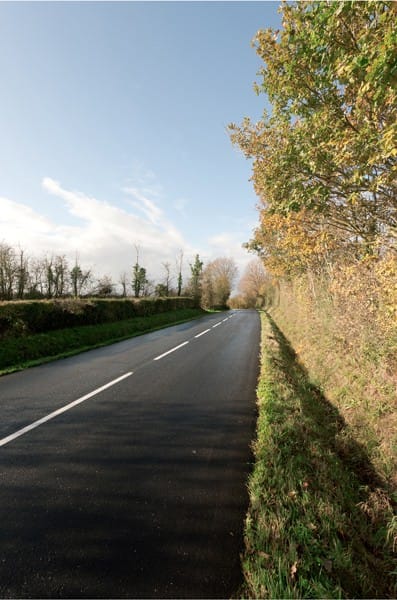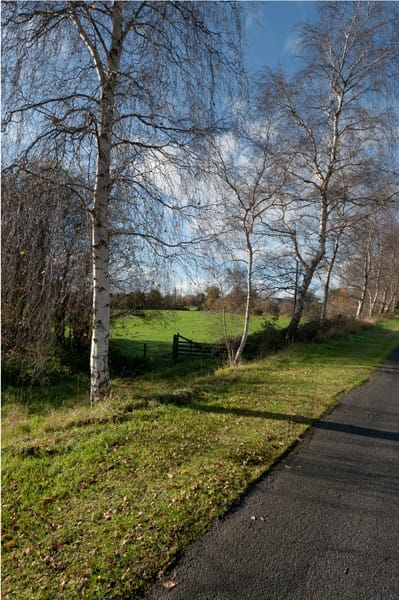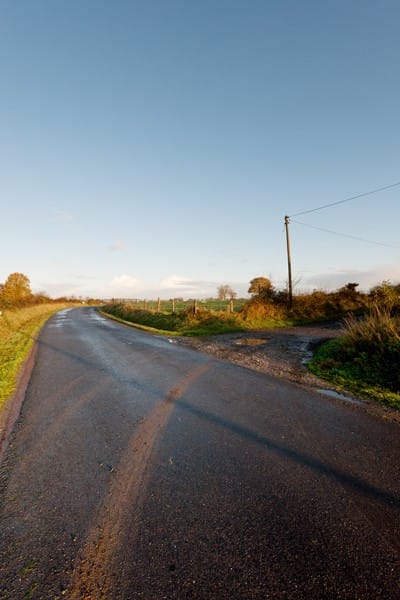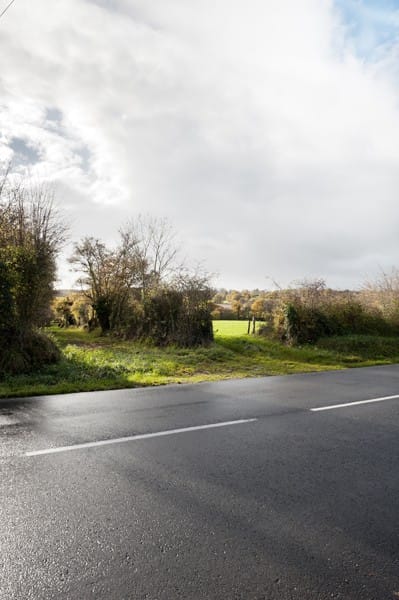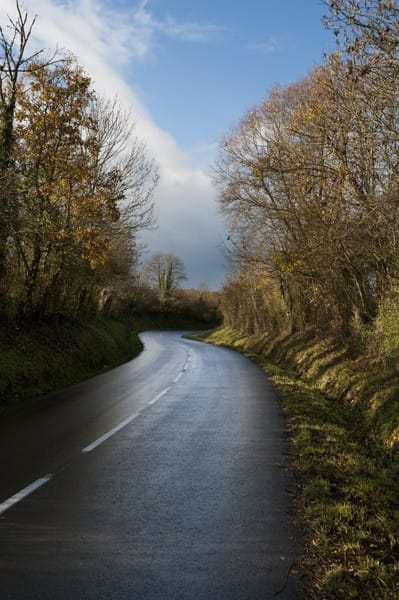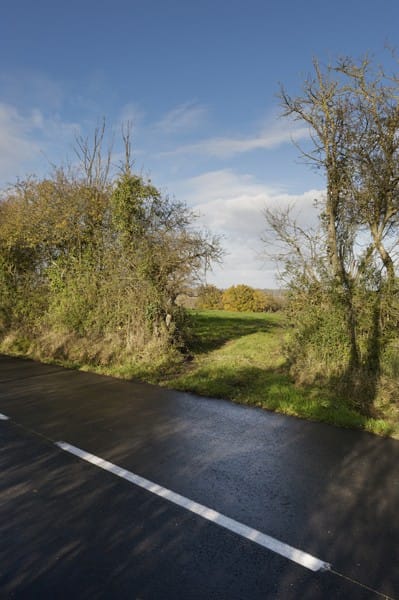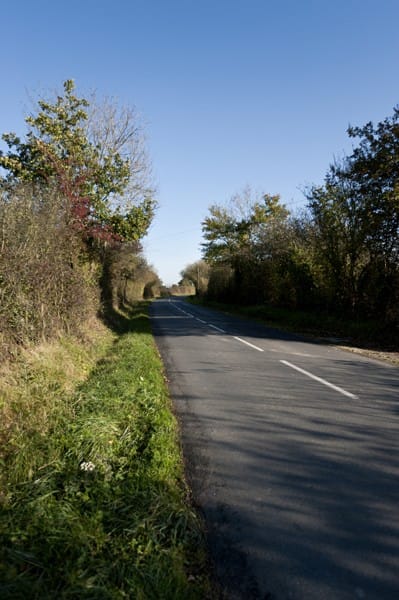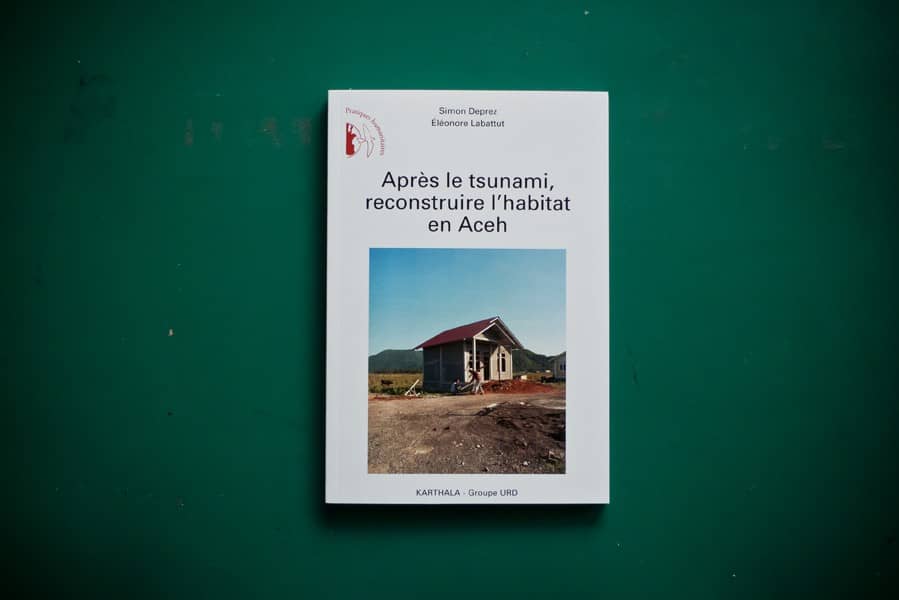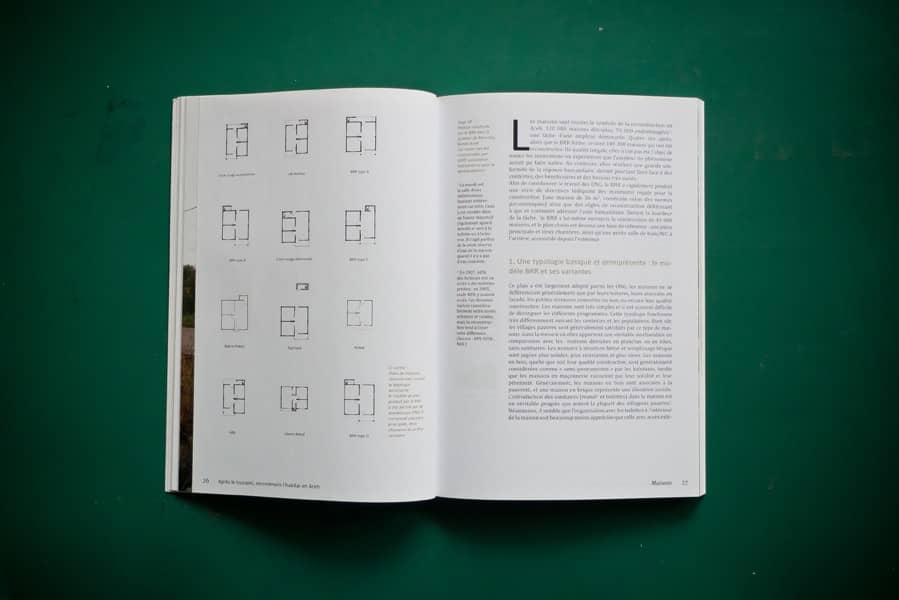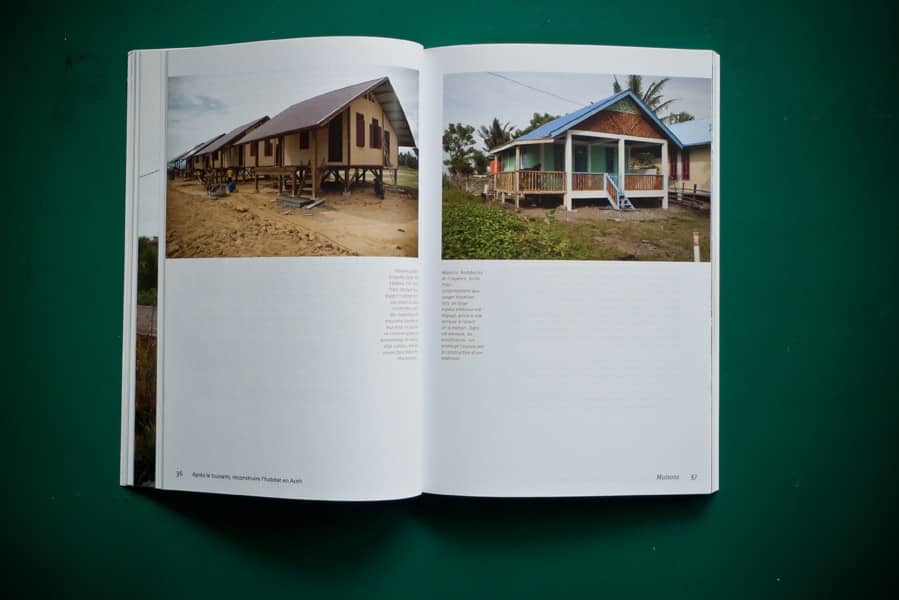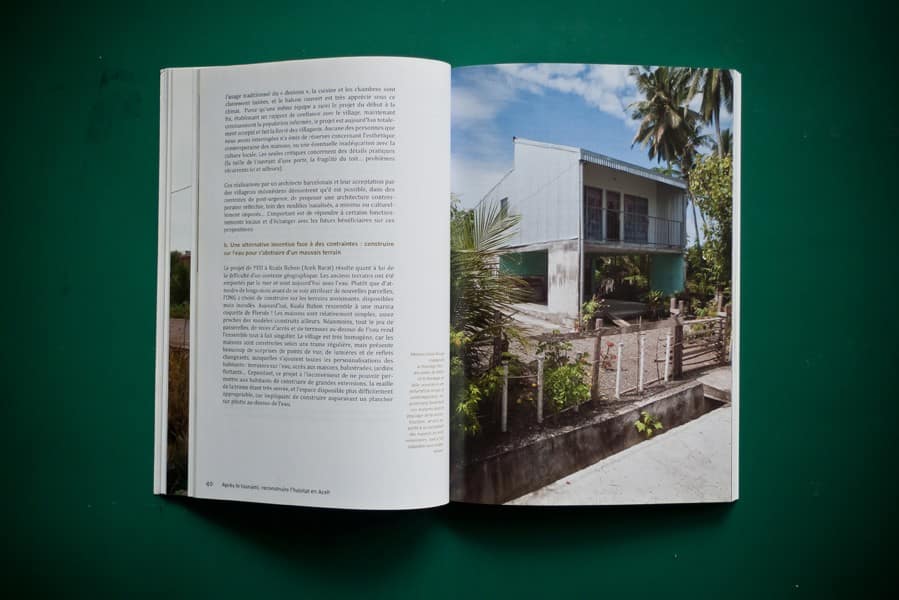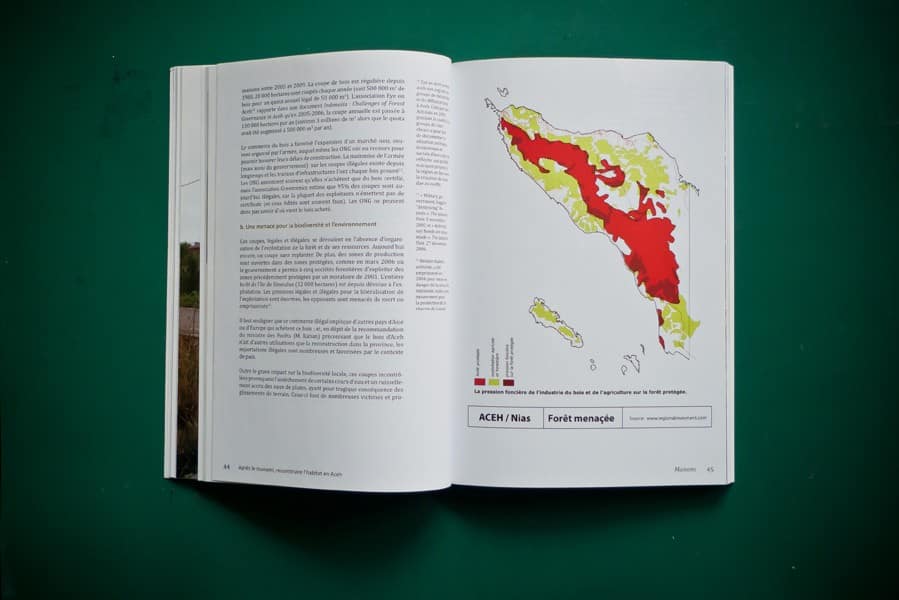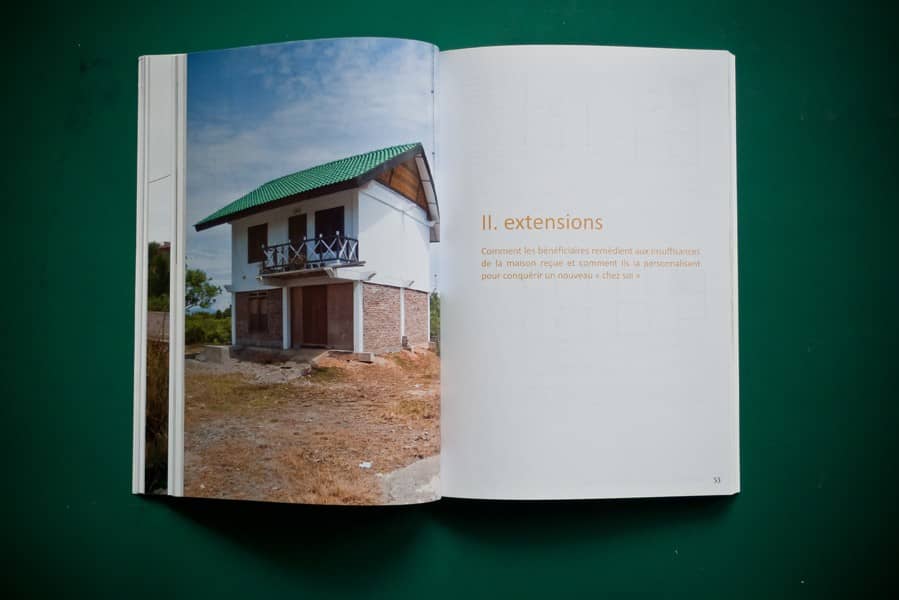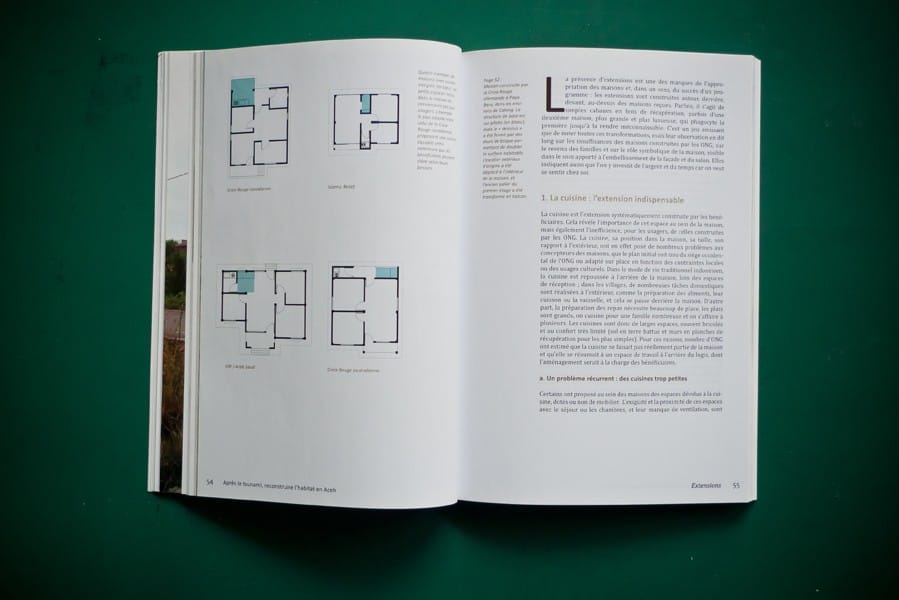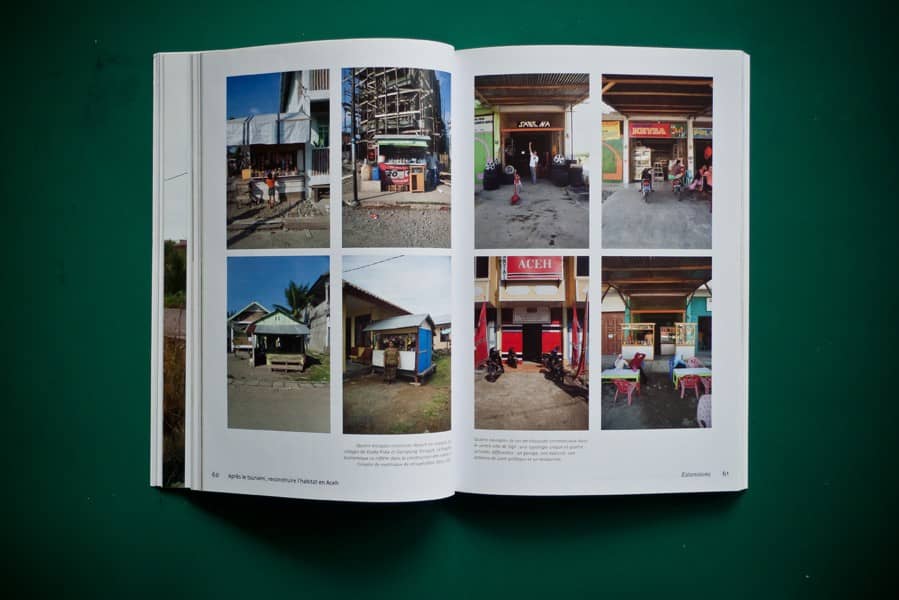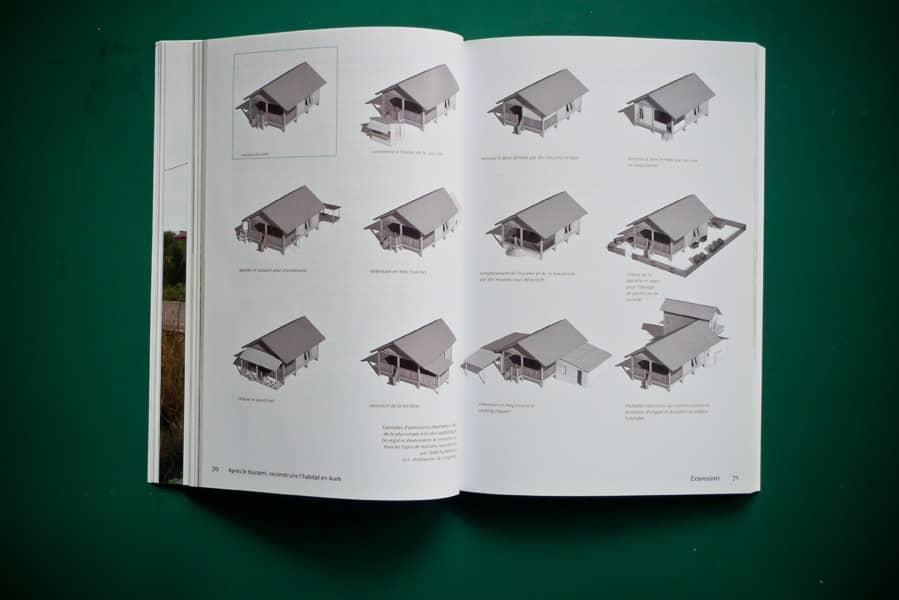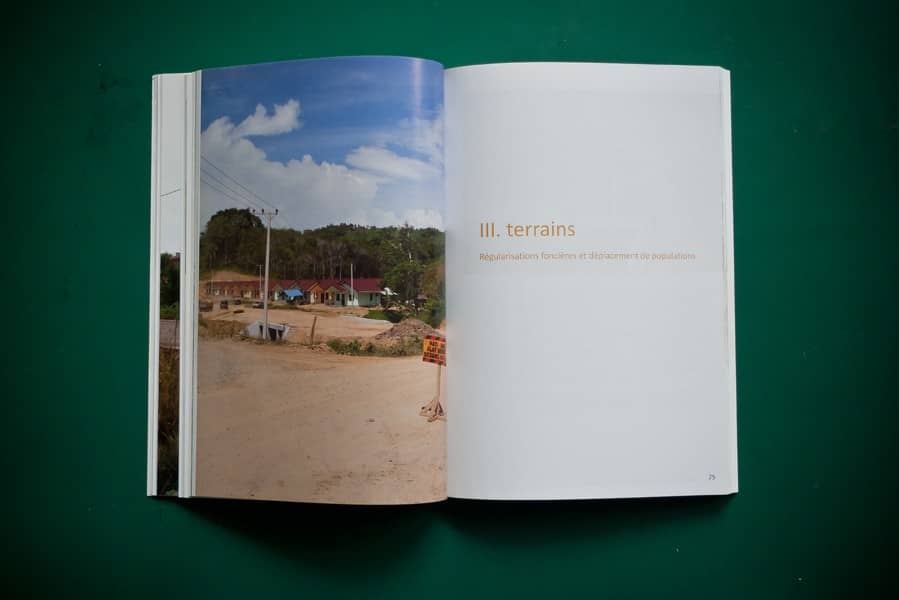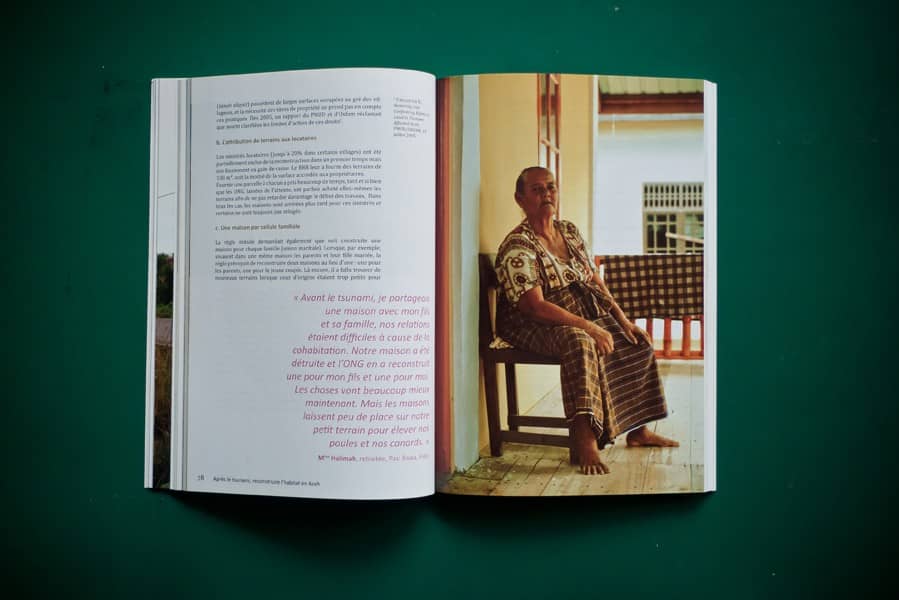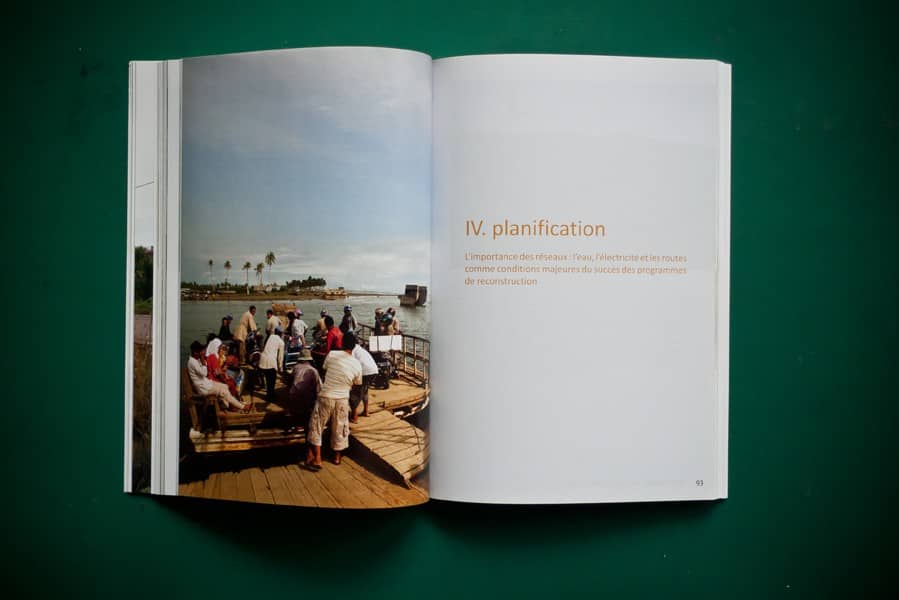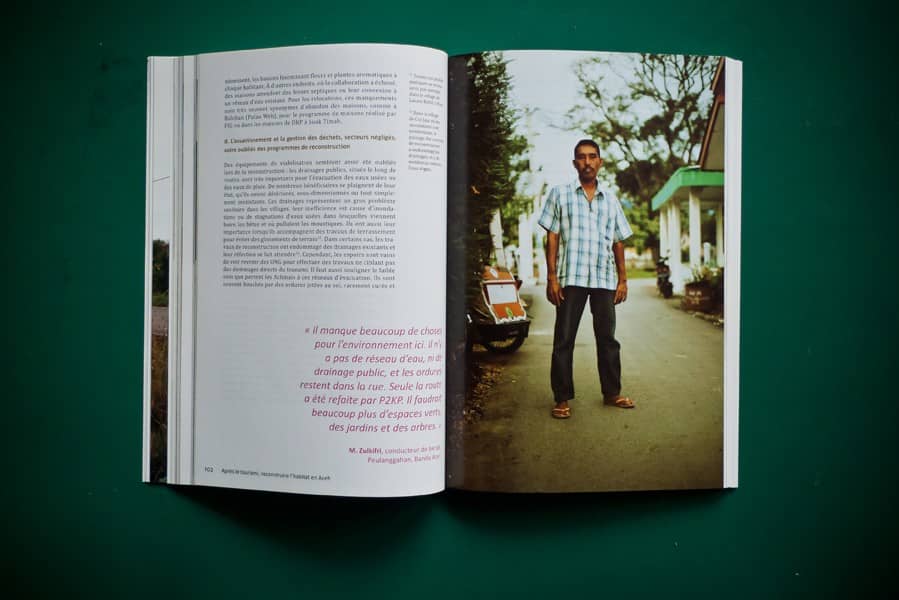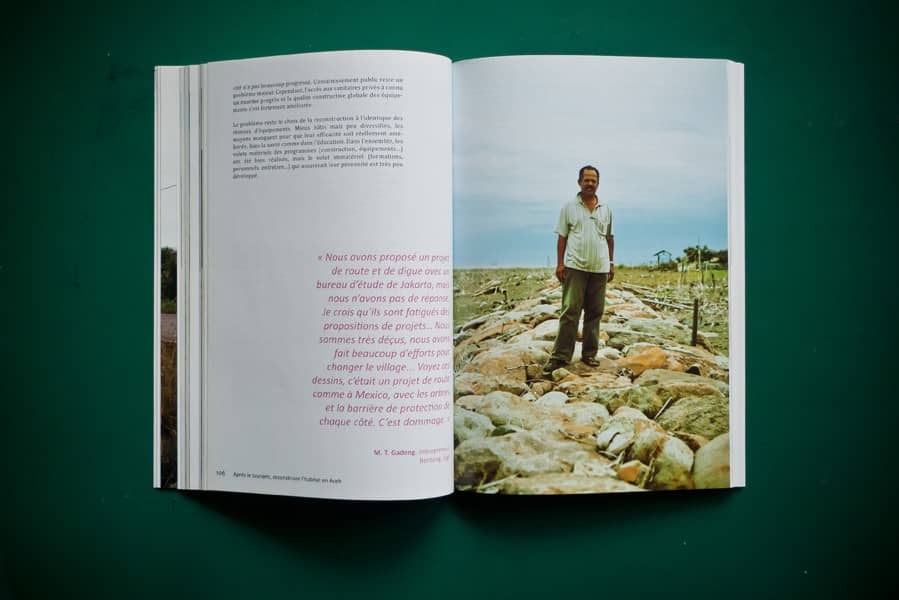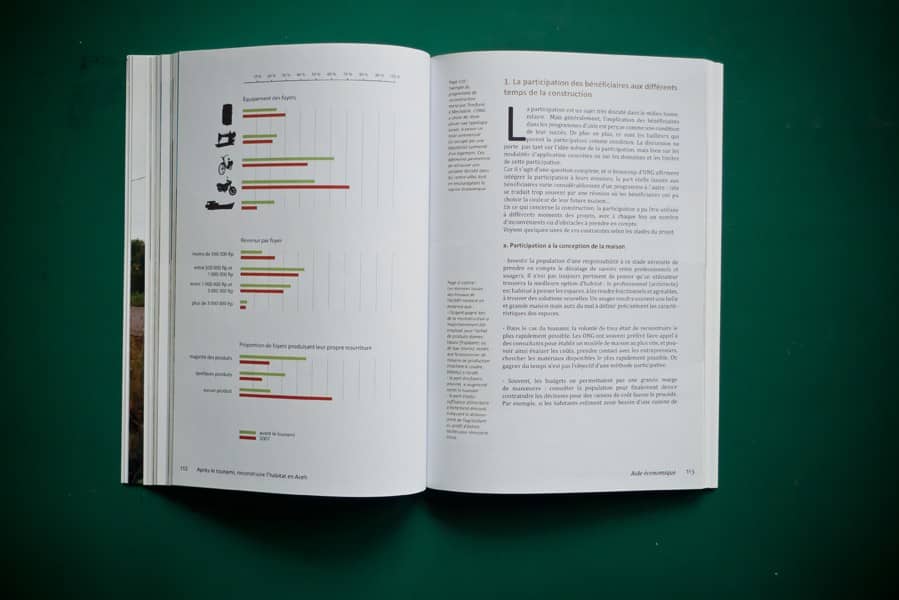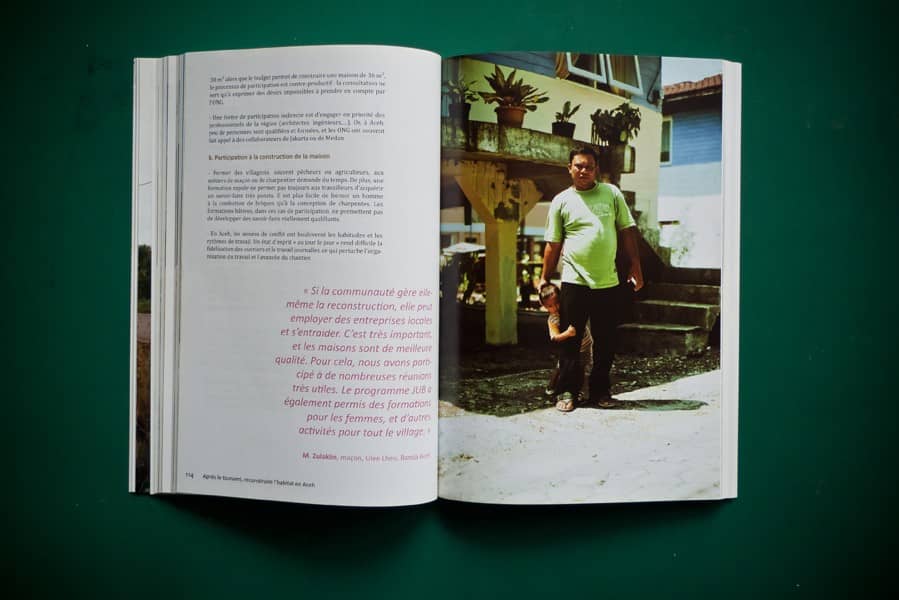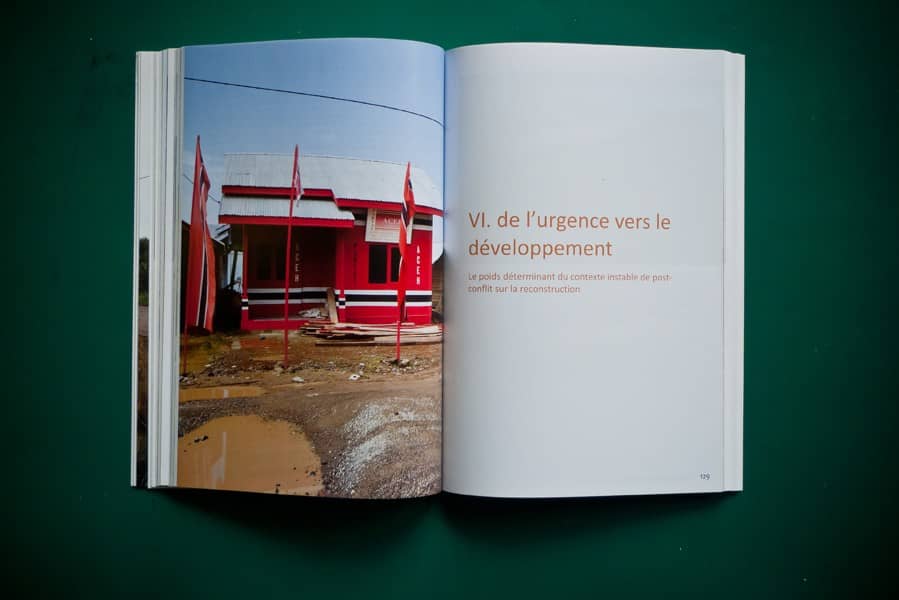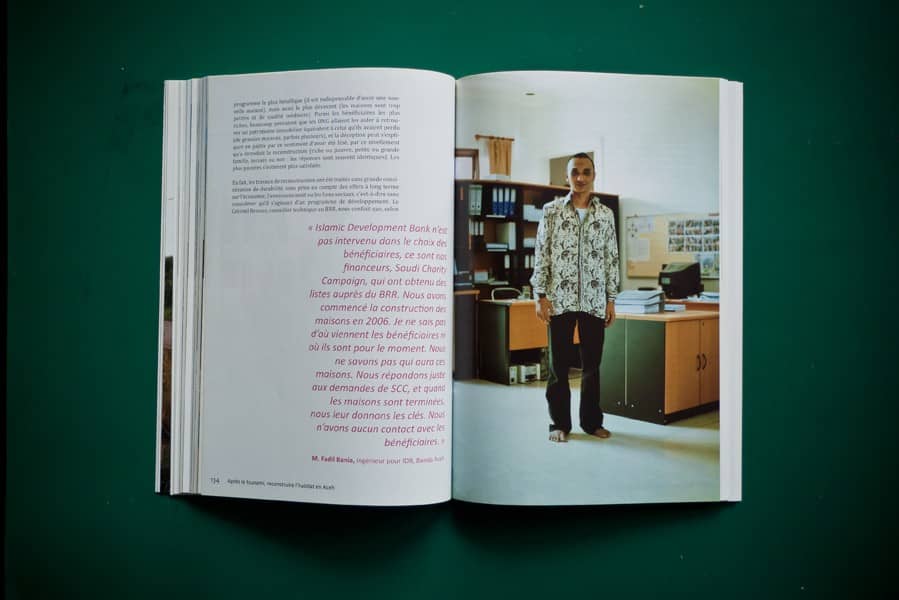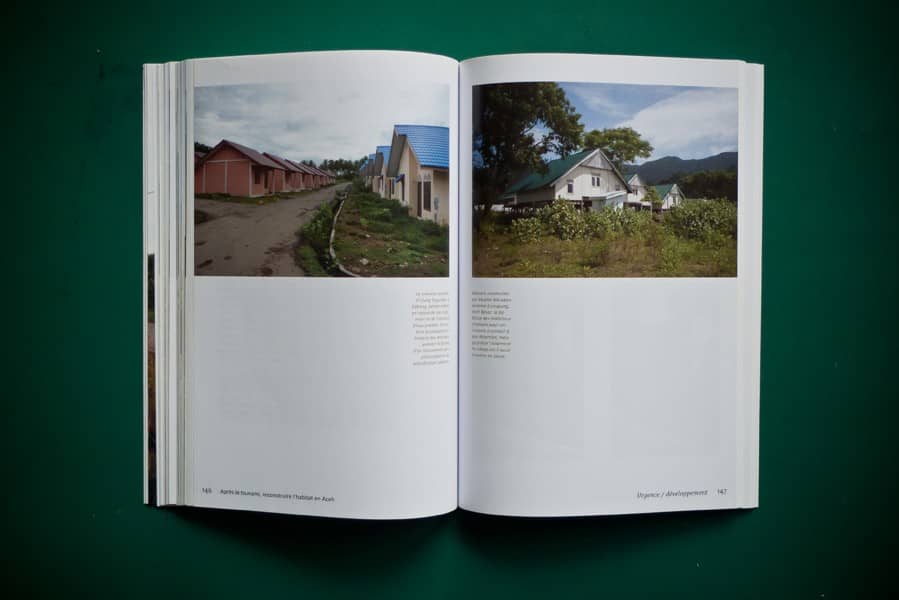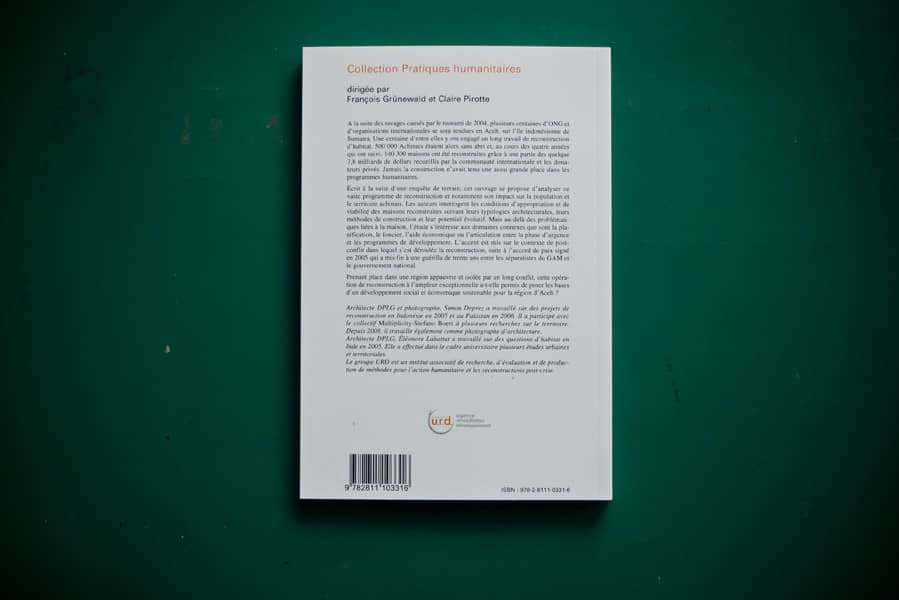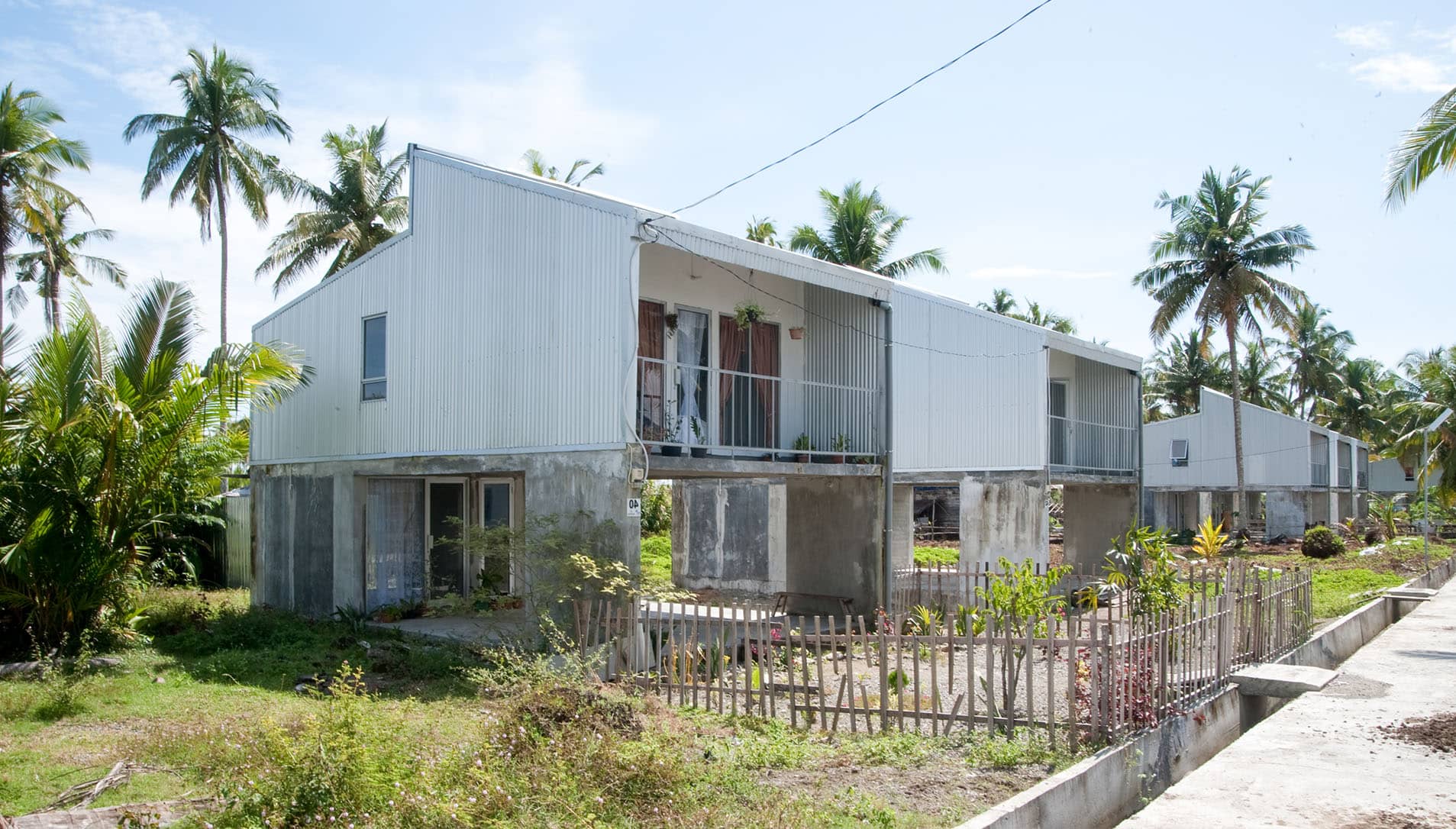Portfolio Categories: Research
Aller et venir
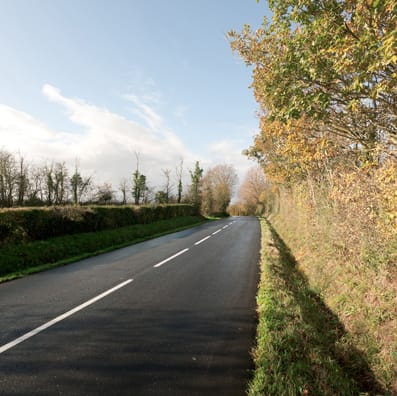
A photographic project about commuting in a rural village
Aller et venir
Is it possible to live without a car in a rural community? This would be difficult, as all daily activities revolve around the car: taking the children to school, going to work, popping into the pharmacy, meeting a friend for coffee, even getting the bread. Walking is only good for Sundays, for aimless walks, for getting some fresh air. The road network has left an indelible mark on territory and geography has made way for new criteria, those of journey times: we must be able to get to Caen in less than an hour, live within twenty minutes of the school, or ten minutes from a supermarket.
Thus, it is often from inside the car that we perceive the landscape, influenced by the speed and layout of the road: the abstract scroll of highway landscapes, the charming crisscross of local roads, our detailed knowledge of our immediate environment of stop signs and red lights. By walking or driving very slowly, we notice elements of the landscape that would otherwise be swallowed up by the speed of the car: the entrance to a path, the harmony of a view, the glimpse of a tower or distant hillside.
Related works
Aceh tsunami : 4 years after
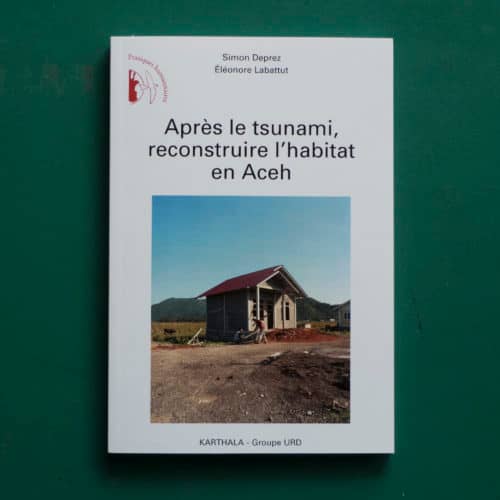
A book about the tsunami reconstruction in Indonesia
Following the devastation caused by the 2004 tsunami, hundreds of NGOs and international organizations arrived in Aceh, on the Indonesian island of Sumatra. A hundred of these organizations initiated a long-term housing reconstruction process to rehouse the 500,000 Acehnese made homeless by the tsunami. In the four years that followed, 140,300 houses were reconstructed thanks to some $7.8 billion collected by the international community and private donors. It was the first time housing reconstruction had ever been such an important part of humanitarian programs.
Editor
– KARTHALA – URD
Date
– March 2010
Written after a long field survey, this publication analyzes this vast reconstruction program and, in particular, its impact on the population and the territory of Aceh. It reviews the conditions of ownership and sustainability of the rebuilt houses, focusing on architectural typologies, construction methods and their incremental improvement.
The study also addresses urban planning, land management and economic assistance issues, looking at the transition between the emergency phase and development programs. Focus is on the post-conflict environment in which the reconstruction work took place, namely following the peace agreement signed in 2005 that ended a thirty year guerrilla war between the GAM separatists and the national government.
